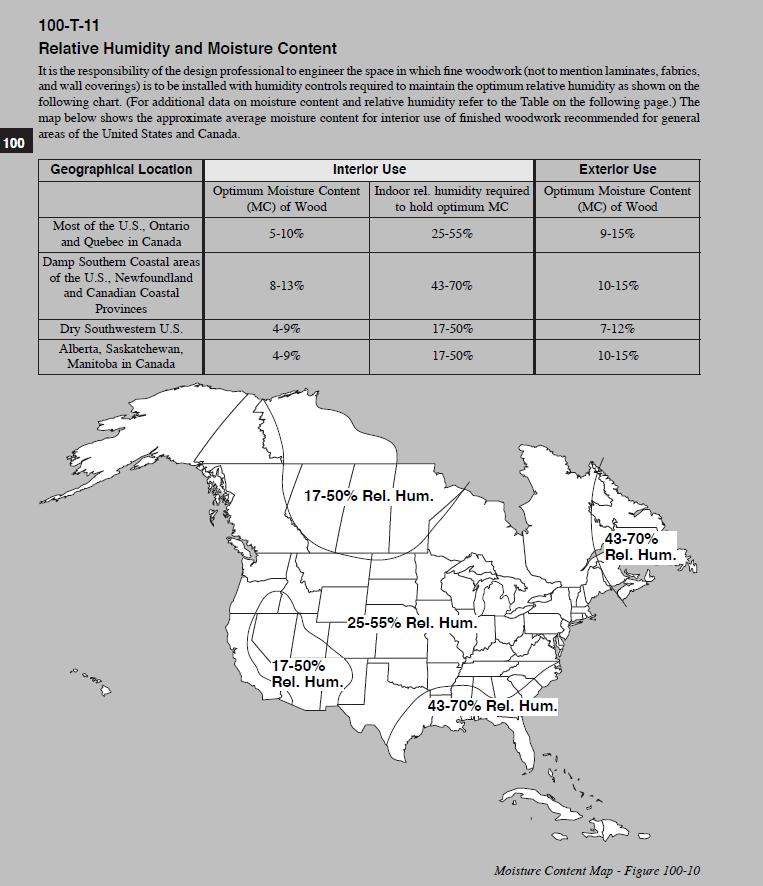Tablesaw Techniques for Short, Thin Rips
Pros discuss power-feeder setups and push-stick refinements for tricky rips of small pieces. June 23, 2006
Question
I'm having a problem using my power feeder on my table saw. I'm trying to rip some small pieces to be used for a wooden grille for a vent. The pieces are 1/2" thick, 2" wide, and 24" long. I need to rip these into 1/4" wide strips, 1/2" thick. My fence is set up for a 1/4" cut, and the power feeder is set up very close to it, with the space between the front and back wheels straddling the blade. This way, the pieces on both sides of the cut are pushed past the blade. As the pieces gets 2/3 of the way through, the back end of it pulls away from the fence, and the cut piece ends up narrower than the 1/4" desired. I've tried repositioning the feeder to point into, out of, and parallel to the fence. I've used splitters to keep the cut open so the uncut side doesn't push towards the fence, rotating the piece. Nothing has worked. These pieces are too small to feed by hand. I don't understand the tendency of the piece to rotate out from the fence at the end of the cut. Any suggestions from someone who's conquered this problem?
Forum Responses
(Architectural Woodworking Forum)
From contributor F:
It's called a push stick.
From contributor R:
Safer and more accurate would be rip a little thick on band saw and run through thickness planer.
From the original questioner:
Okay, I solved my own problem, and thought I'd pass along my solution. I was using my setup the way I usually do - work piece on the left, blade (and feeder) in the middle, fence on the right. Given the layout of the wheels on my power feeder, this meant there was one infeed wheel, and two outfeed wheels. When the piece was 2/3 of the way through the cut, the two halves of the piece were not attached by much any more, and the sideways force of the feeder would push the saw cut closed in an attempt to move the wood closer to the fence. This would rotate the piece, and the back end would pull away from the fence. This was aggravated by the fact that the outfeed side of the piece had two wheels in contact with it, and the uncut part only had one. The infeed roller was overpowered, and the piece rotated. I fixed it by switching to the right side of the fence, which allowed me to rotate my feeder 180 degrees. This gave me two infeed wheels and one outfeed wheel. Now the two infeed wheels keep the uncut part of the piece tight against the fence while overriding the sideways motion of the one outfeed wheel. It works like a charm.
From contributor J:
We used an L shaped fence clamped to the rip fence to rip narrow stock with a power feed. The bottom part of the L was ¼” plywood about 3” wide. This allows the feeder wheels to be over the small piece being ripped on both sides of the blade.
From contributor O:
Unless you're ripping 500 of those 1/2" by 1/4" pieces it's probably quicker to move the power feed out of the way and use a push stick. Try one like this: cut a piece of 1/4" or even better, 3/16" thick plywood that is 6" tall by 8" long, then cut a piece of solid wood 3/4" x 3/4" x 8" long and staple and glue it flush along one of the 8" edges of the ply. That's your handle... as you hold it, it should be on the right side of the ply. Then rip (on the table saw or bandsaw) 1/2" off the bottom, but leave about 1 1/2" - this will be pushing the work piece. You can cut pieces as thin as you want with this push stick. The push stick will ride right up against the fence of the table saw with your handle on the right side above the fence. When cutting pieces thinner than the thickness of the push stick, say 1/8" or 1/16", just push it through and it will become the same thickness as the ripped work piece. Hope this makes sense. Safety and control are always most important.
